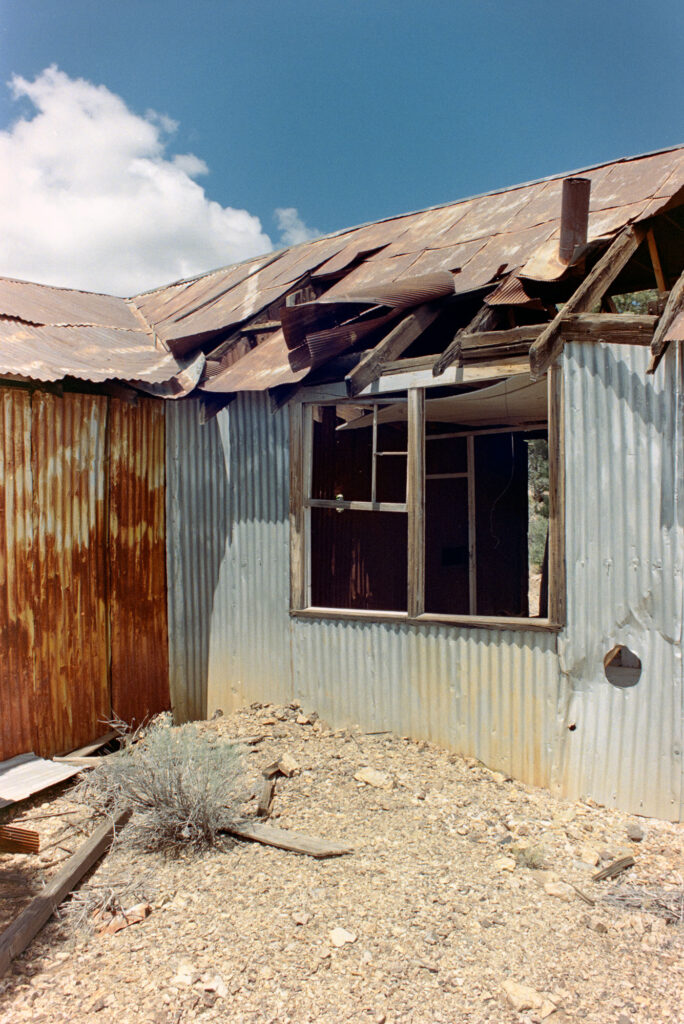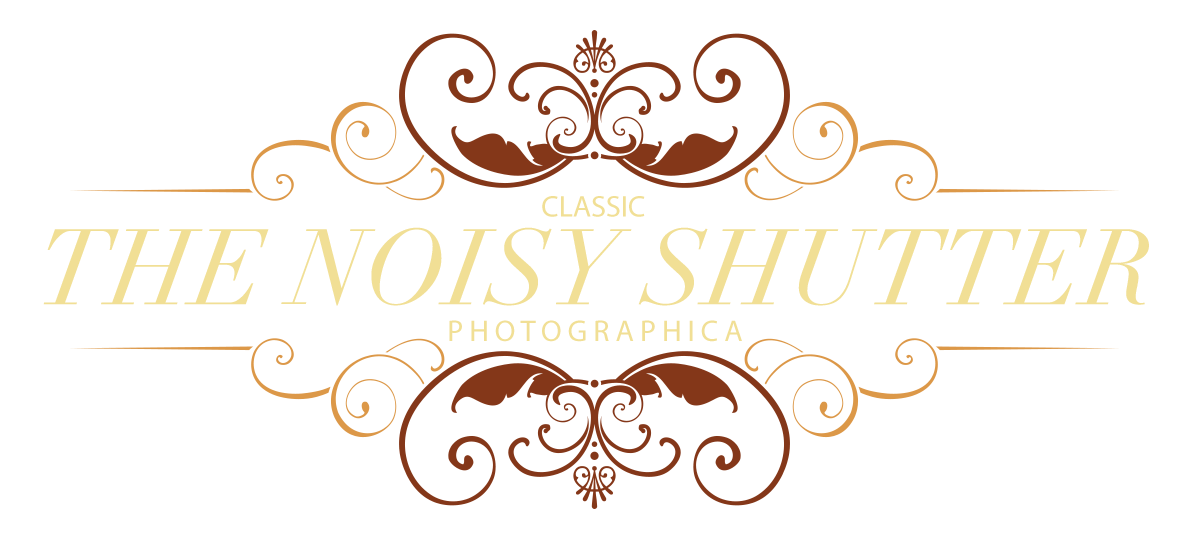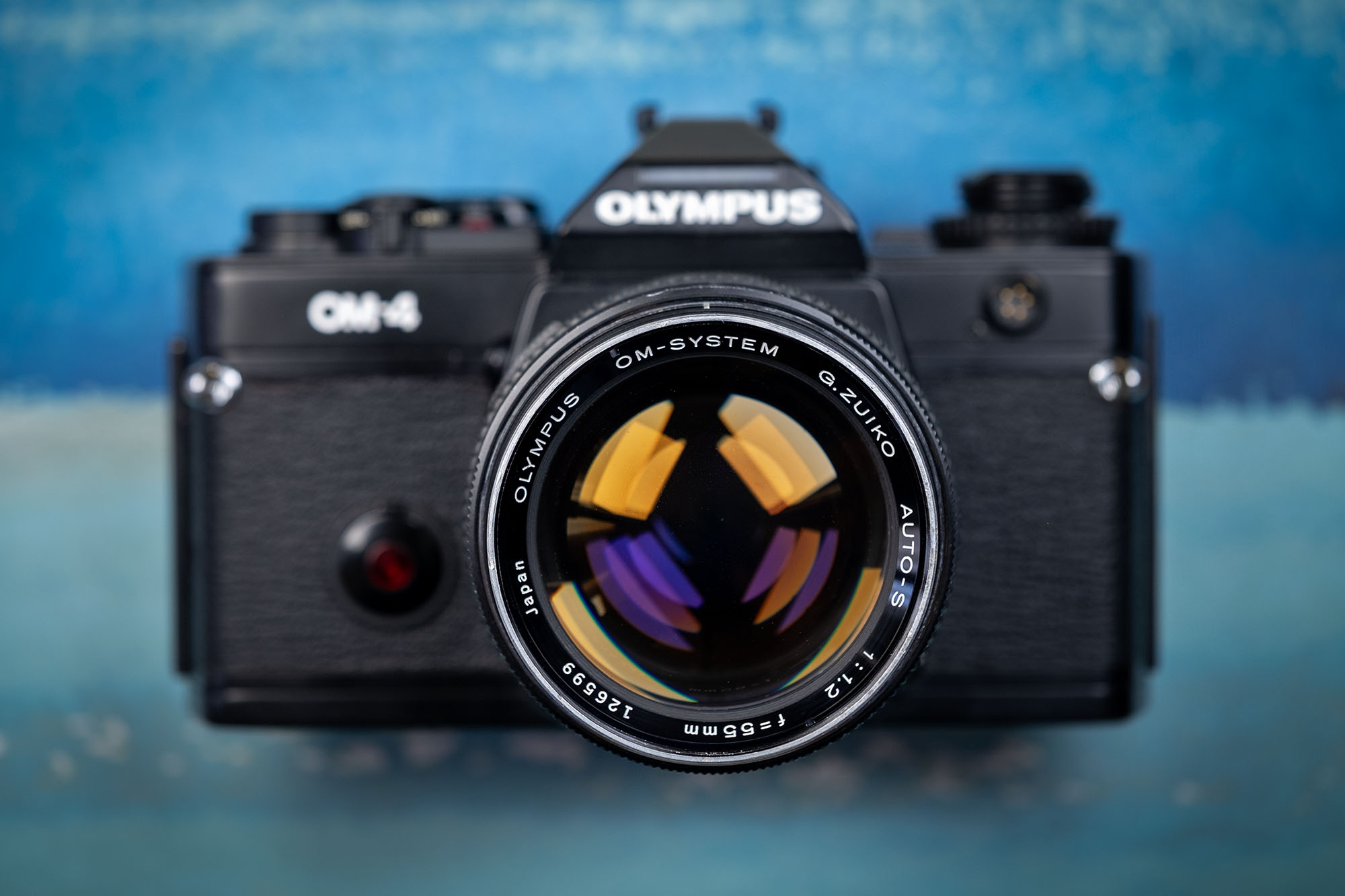No, I didn’t “need” it. In fact, “need” had nothing to do with it. There was no attempt to rationalize the purchase, no vague notion of some advantage it might offer. I just wanted it. Well, I vacillated too long. When I went to buy it at my local shop, I found that it was on loan to another local photographer, who I had met on a photowalk.
Surely he was going to buy it after a thorough test. Why wouldn’t he? The price was good for a lens like this, and fast lens bokeh is all the rage these days. To my surprise, the shop owner texted me a few days later to tell me he had brought it back and it was still for sale. Perhaps it was the dented filter ring, or the yellowed, radioactive, thoriated glass. I can only guess.

I welcomed the new addition into the family, and introduced it to the two Olympus bodies I had left: an OM-1n and an OM-4. After removing the dent from the filter ring and giving it a proper cleaning, I installed an appropriate UV filter and lens hood. Mounted to the OM-4, it was a smart match in business black.
A couple of events and trips were coming up, and the OM-4 with the fast 55 accompanied me. I still had an OM lens adapter for my Sony mirrorless, so that went along too.

Very quickly I discovered that the yellowing glass was more pronounced than I realized. I have quite a few radioactive lenses, but this one seems to be the most discolored. The color cast is readily apparent in digital files and requires significant adjustment to the white balance. On film scans it seems less noticeable, but still there.
I plan to UV-treat the lens to reduce the yellowing to a more manageable level. I’ll write a follow-up on that later. Meanwhile, I am still enjoying this lens as it is.
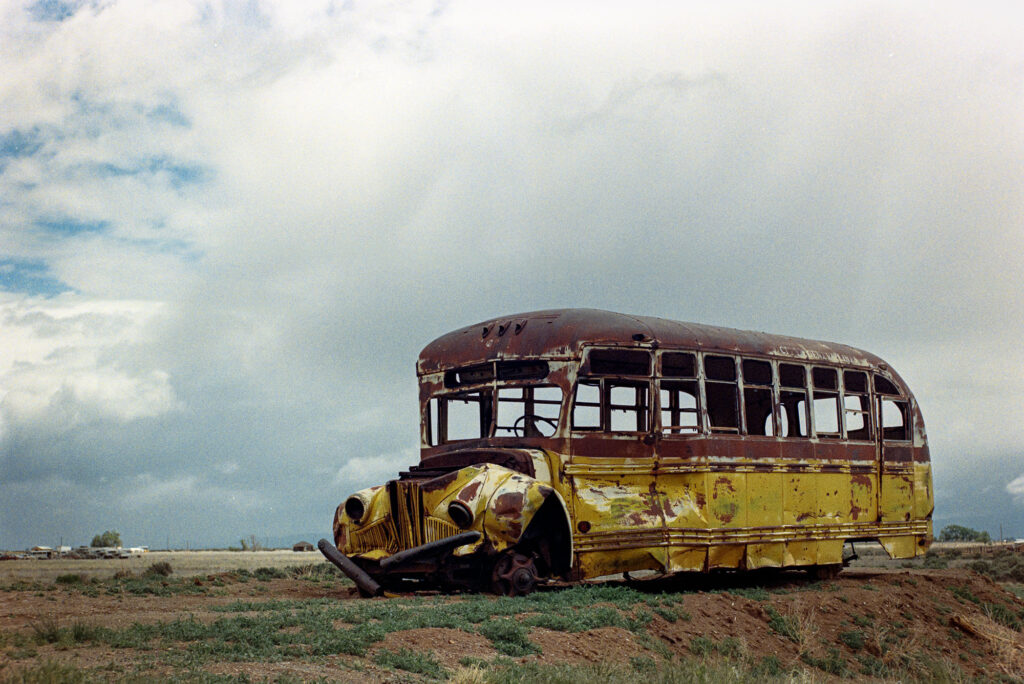
As would be expected, at the maximum aperture of f1.2, the depth of field is just a sliver. This offers a unique look in terms of subject isolation from the background. This is not a difficult effect to achieve with a longer telephoto, but that comes with a flattened or compressed look.
A 55mm lens shows the world in a more natural, “normal” perspective. When combined with a drastically narrow focal field, the look can be quite intriguing. It’s almost reminiscent of large-format images. Perhaps this is the real advantage of this type of lens, and not so much the bokeh itself.
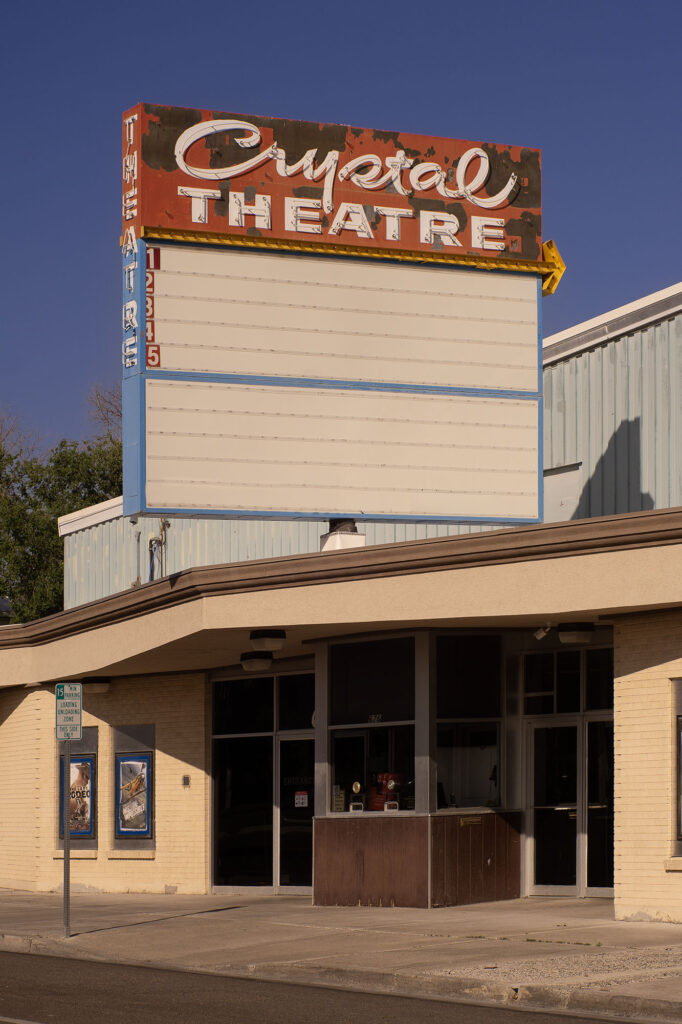
A result of that narrow depth of field quickly became apparent. Accurate focusing is critical. My OM-4 has a ground glass screen with a center micro prism focusing spot. While the ground glass, at least for me, is better for critical focusing than a fresnel type, I quietly wished for the split image focusing aid in the OM-1.
Even in a controlled studio environment, that narrow depth of field can be a challenge if one wishes to shoot at f1.2. Let’s say the subject for a waist-up portrait sits at 5 feet (1.5m) from the film or sensor plane. At f1.2, the depth of field is a scant 2 inches (5cm). In this situation, I would have to make some choices about how much of the subject to have in focus, and whether to stop down to get more.
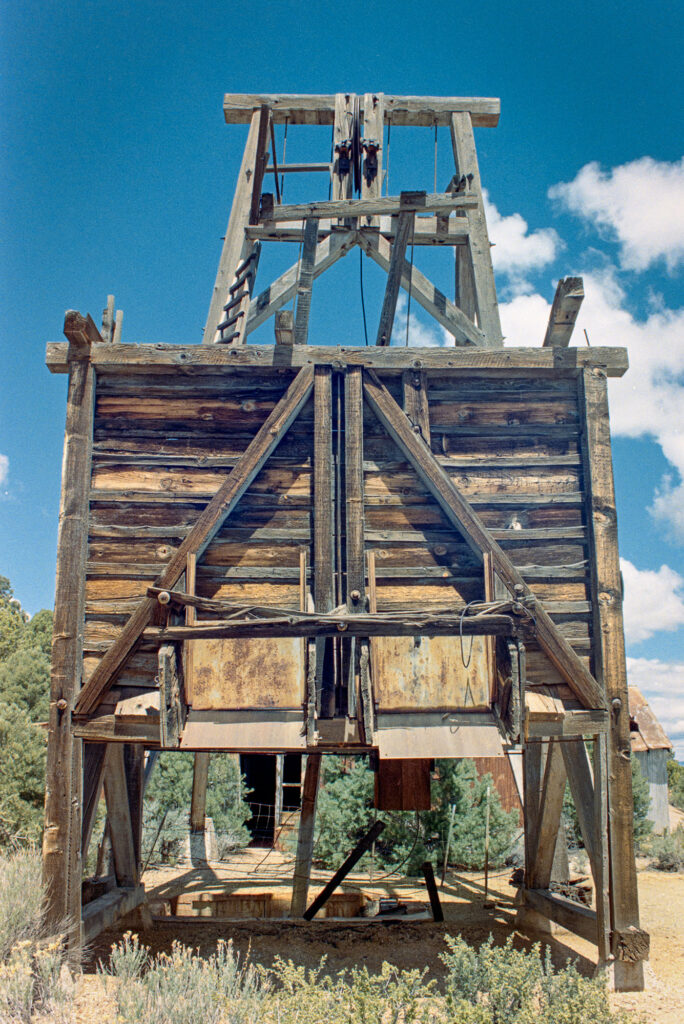
A local sidewalk chalk art festival is an annual favorite for taking colorful photos. There are some extraordinary artists that attend and decorate the pedestrian areas in this art village. I thought it would be a good place to showcase the narrow depth of field. Shooting at f1.2 in broad daylight requires extremely high shutter speeds or very low ISO. I had to attach an ND filter to keep the shutter speeds reasonable.
After getting that out of my system I set about shooting more casually. I quickly realized that despite being somewhat exotic, this is simply a great all-around lens. When stopped down, this particular lens is very sharp. Other online reviews indicate that this wasn’t the sharpest f1.2 Olympus made, and often suggest the later 50mm version. Maybe I just got lucky with an extraordinary example. I don’t find it lacking at all. If my image isn’t sharp, it’s because I missed the focus.

Clearly this lens was not intended as an entry-level kit lens. If feels solid and built for professional use. The focus and aperture rings still operate smoothly and precisely. Fit, finish and build quality are all top-drawer. It has no reason to feel inadequate while standing next to a contemporary Nikkor or Canon lens.
Image quality is always a difficult topic for me to objectively discuss. As with many vintage lenses, particularly fast lenses, certain aberrations present themselves to some degree. Adding thorium oxide to the glass mixture provided certain advantages, including reduced chromatic aberration. To my eyes, lines and boundaries in images from these lenses are more crisp and defined.
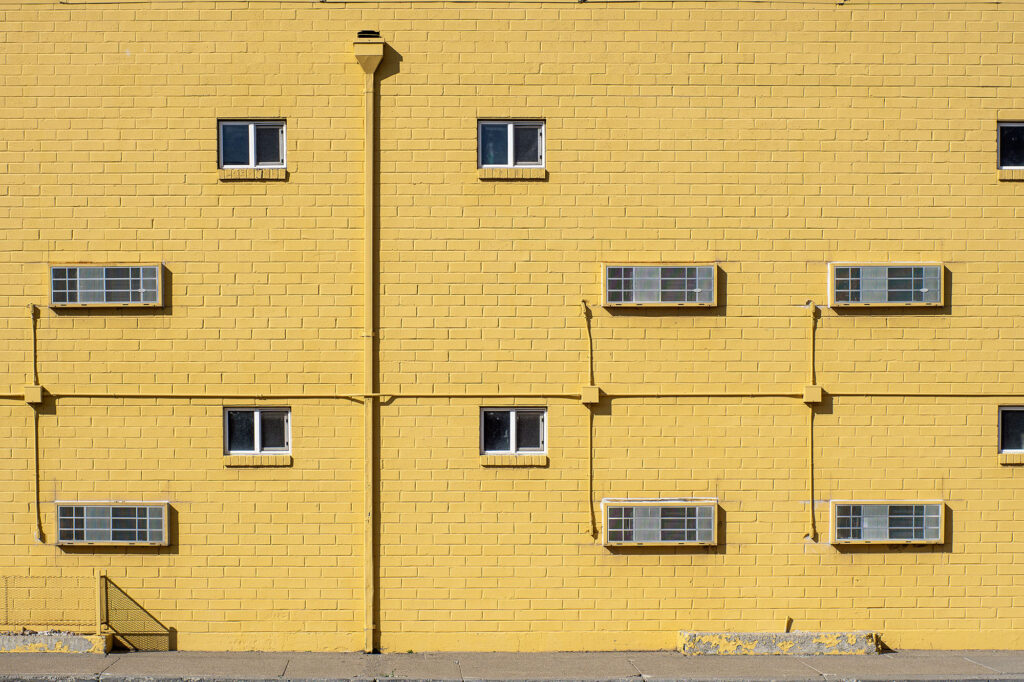
There is some spherical aberration apparent when wide open. This is the glow that is so typical of fast vintage lenses. Stopping down a bit cures this if needed. Color rendition is a bit off with this lens, owing to its inherent color cast. Until I can clear it up, I will stick to black and white film in the Olympus bodies, and shoot digital cameras for color. That color cast really does become disruptive, but it’s not hard to adjust later.
I am waiting for the perfect opportunity to use the fast aperture for low-light work. I believe this lens would be right at home in front of Tmax 400, Tri-X or HP5+ at nighttime street concert or garage jam session. Portraits are another obvious application for the shallow DOF, but I would limit those to black and white until I can clear up the yellowing glass. Skin tones may look jaundiced otherwise.
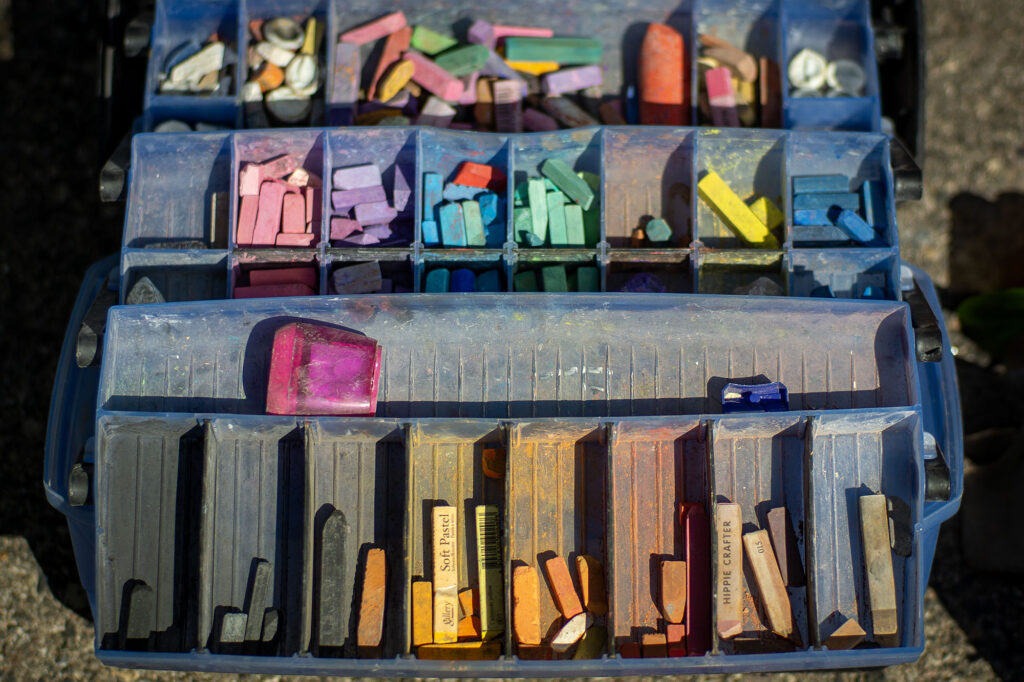
Looking at others’ work with this lens online, it seems many fall into the temptation of making the bokeh the subject. That’s fine for demonstration purposes, but this lens is capable of so much more that making stuff look blurry.
From an artistic viewpoint, It opens up options for isolating a subject while keeping a natural-looking perspective. This can be effectively used to draw attention to a particular detail while keeping the context informative yet unobtrusive.

Many will say that this lens allows for shooting in low light environments where flash may not be practical or allowed. Lower ISO or film speed can also be used. That’s all true, but bear in mind that there is only a small difference between f1.2 and f1.4. It’s only 0.4 EV, which is either shown as ½ or ⅓ stop, depending on the exposure calculator one is using. I’ll admit that in a small percentage of shots, that difference can matter.
Others may say that focusing is easier with a brighter lens. This is also true, and accurate focus becomes more critical with a narrower depth of field. Slightly missed focus at f1.2 is quite noticeable. Greater depth of field absolves a lot of sins, but f1.2 is brutally unforgiving.
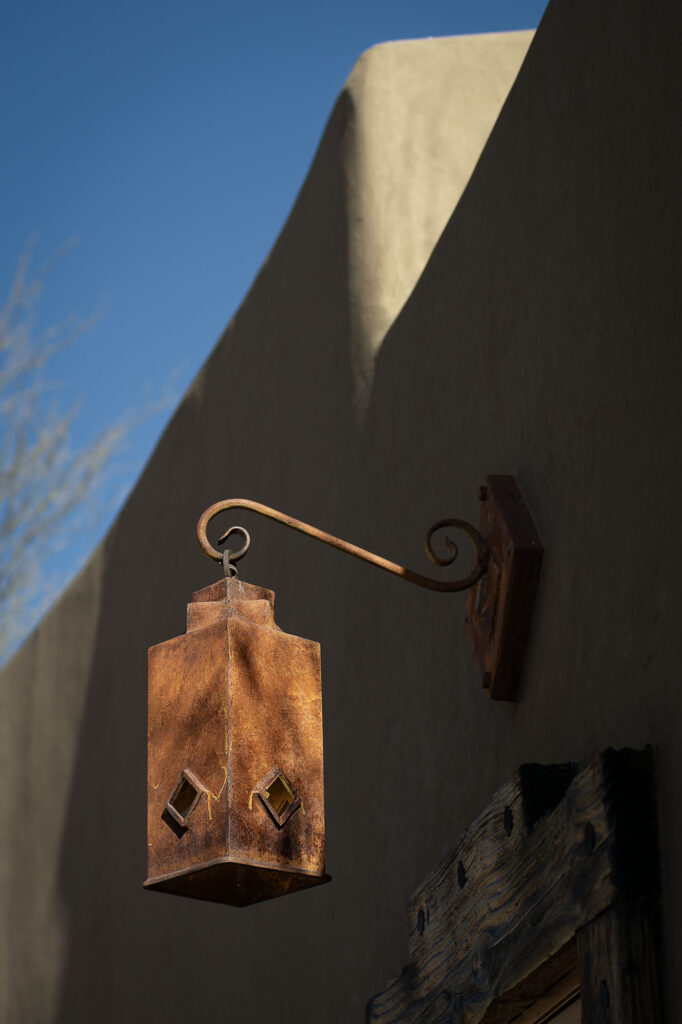
Up to this point my Olympus lens collection has been rather modest. None have been exotic or rare. While they have all performed admirably, none have really converted me into a Zuikoholic. This lens, however, prods me to get out and make photos. I have enjoyed the challenge of finding ways to showcase its capabilities. Watching the focal plane move through the scene in the viewfinder is magical. In short, it inspires me.
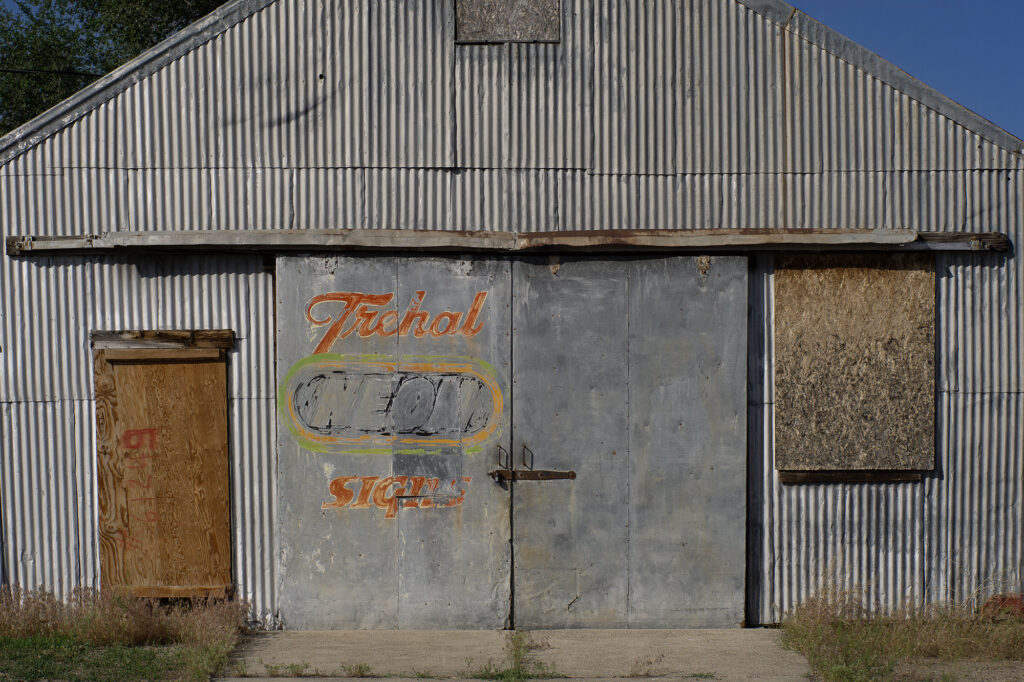
Specs:
Designation: Olympus OM-System G. Zuiko Auto-S 55mm f1.2
Produced: Japan, 1972-1982 (this is the later version 3)
Weight: 309g (10.9oz)
Optical Design: 7 elements in 6 groups
Mount: Olympus OM
Aperture Construction: 8 blades, curved
Aperture Range: f1.2 to f16 in full stops
Focus Throw: 185°
Minimum Focus Distance: 45 cm (18 in)
Filter Ring Diameter: 55mm
